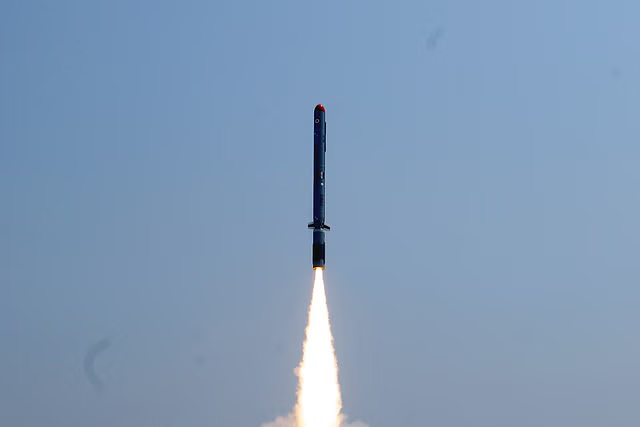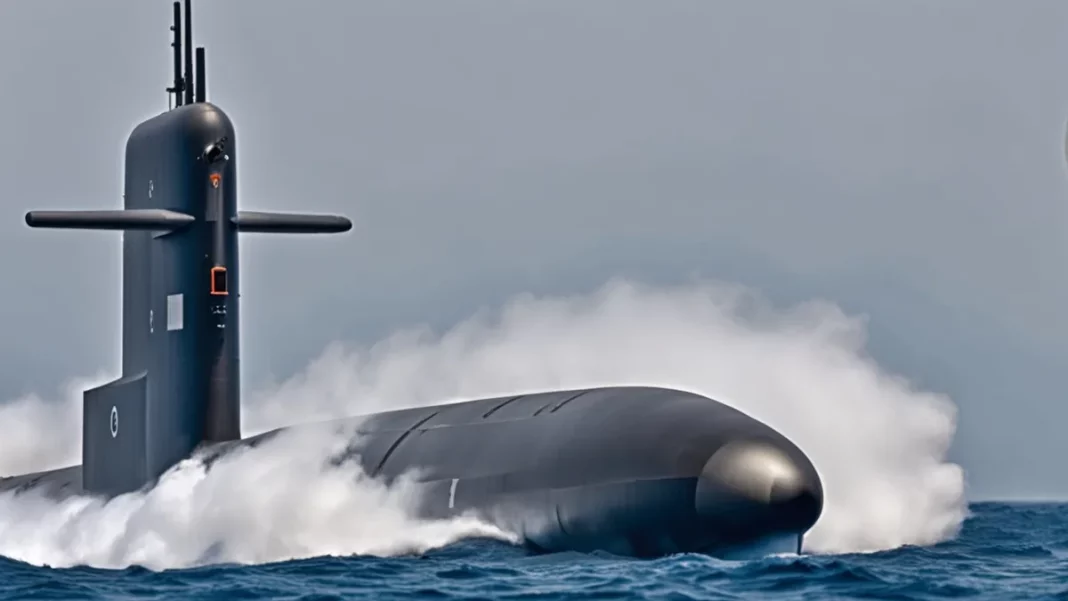In the latest development in the escalating underwater warfare landscape of the Indian Ocean Region, India has announced plans to test a 500 km range submarine-launched cruise missile (SLCM) in the upcoming days.
This comes hot on the heels of Pakistan’s recent keel laying ceremony for an Air Independent Propulsion (AIP) submarine, underscoring the intensifying competition in the maritime domain.
India’s SLCM program is strategically motivated by factors such as China’s expanding naval presence in the Indian Ocean and Pakistan’s advancements in missile technology.
Seen as a crucial addition to bolster India’s defence capabilities, SLCMs are envisioned to provide a survivable sea-based element complementing the country’s land-based rocket force.
The SLCMs, which follow a low-altitude trajectory during flight to evade radar detection, will be deployed on submarines constructed under Project 75I. Competing for the project are German ThyssenKrupp AG and Spanish Navantia, with plans to eventually increase the missile’s range to 800 kilometers.
Former Chief of Defense Staff General Bipin Rawat first articulated the concept of the Indian Rocket Force, with the SLCMs forming an integral part of this strategic vision. The successful integration of SLCMs onto submarines like the Kalvari-class SSKs and the nuclear-powered Arihant ballistic missile submarines (SSBNs) is deemed crucial.

The impending test of the 500 km range SLCM follows a trial conducted in February 2023, during which the missile achieved its objectives within a range of 402 kilometers.
The Defense Research and Development Organization (DRDO) has also completed the development of the Pralay ballistic missiles, with plans for long-range land-attack cruise missiles and SLCMs with a 1000 km range to be ready for production in the coming years.
India’s strategic defense capabilities are set to witness further enhancement with the inclusion of coastal batteries armed with the BrahMos anti-ship cruise missile (ASCM) and land-based long-range ASCMs derived from the subsonic Nirbhay cruise missile.
These systems are expected to play a significant role in India’s anti-access/area denial architecture, particularly in the Andaman and Nicobar Islands.
Amidst the backdrop of a growing capability gap with China’s PLA Rocket Force, India is working diligently to bolster its defence capabilities. Former Army Chief General Manoj Mukund Naravane emphasized the importance of aggregating fires rather than platforms, drawing lessons from conflicts like the Azerbaijan and Armenia conflict in August 2021.
As tensions continue to simmer in the Indian Ocean Region, the upcoming test of India’s 500 km range SLCM underscores the nation’s steadfast commitment to enhancing its defence preparedness and safeguarding its maritime interests.





